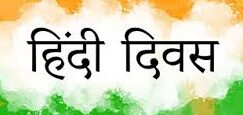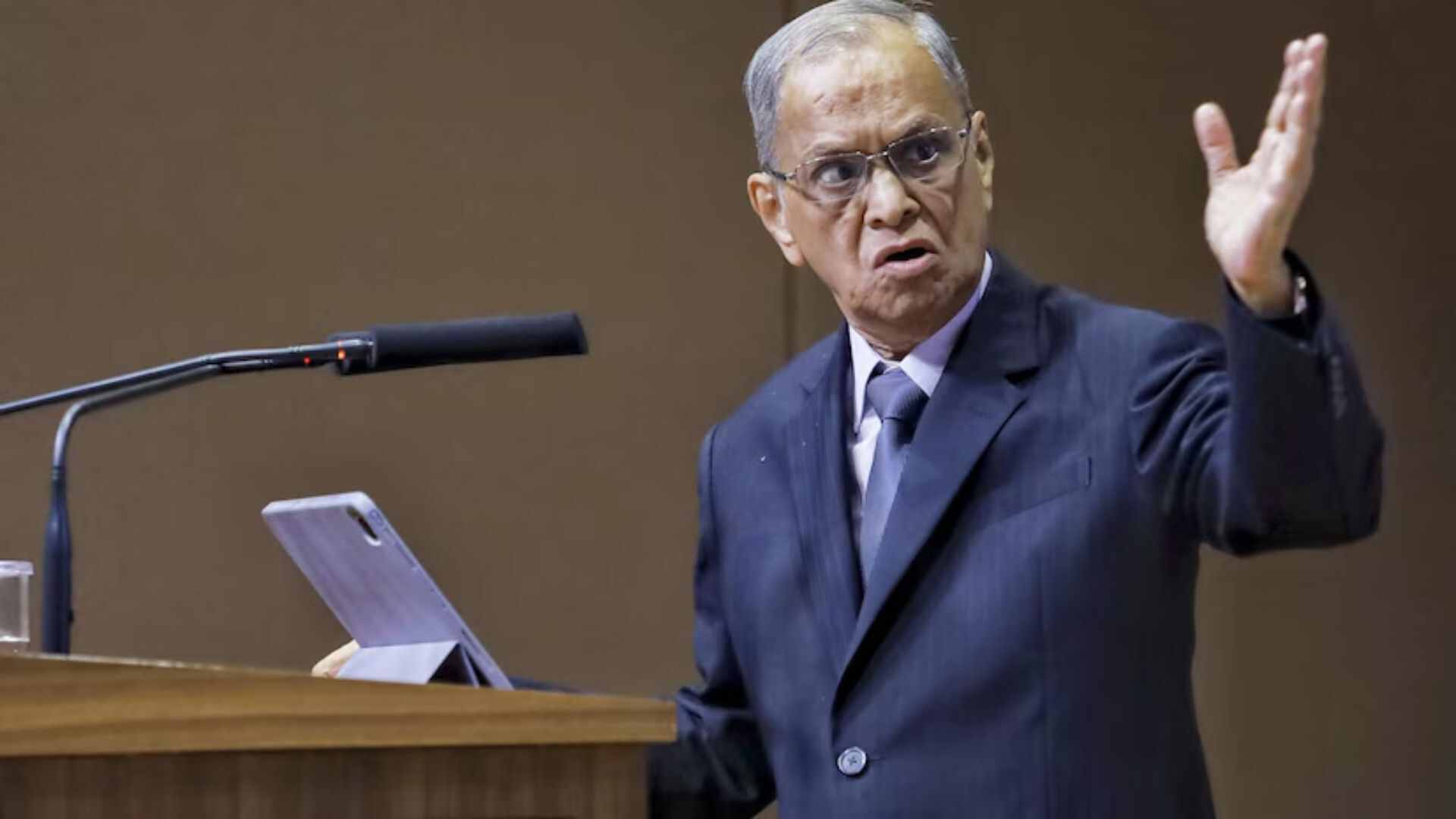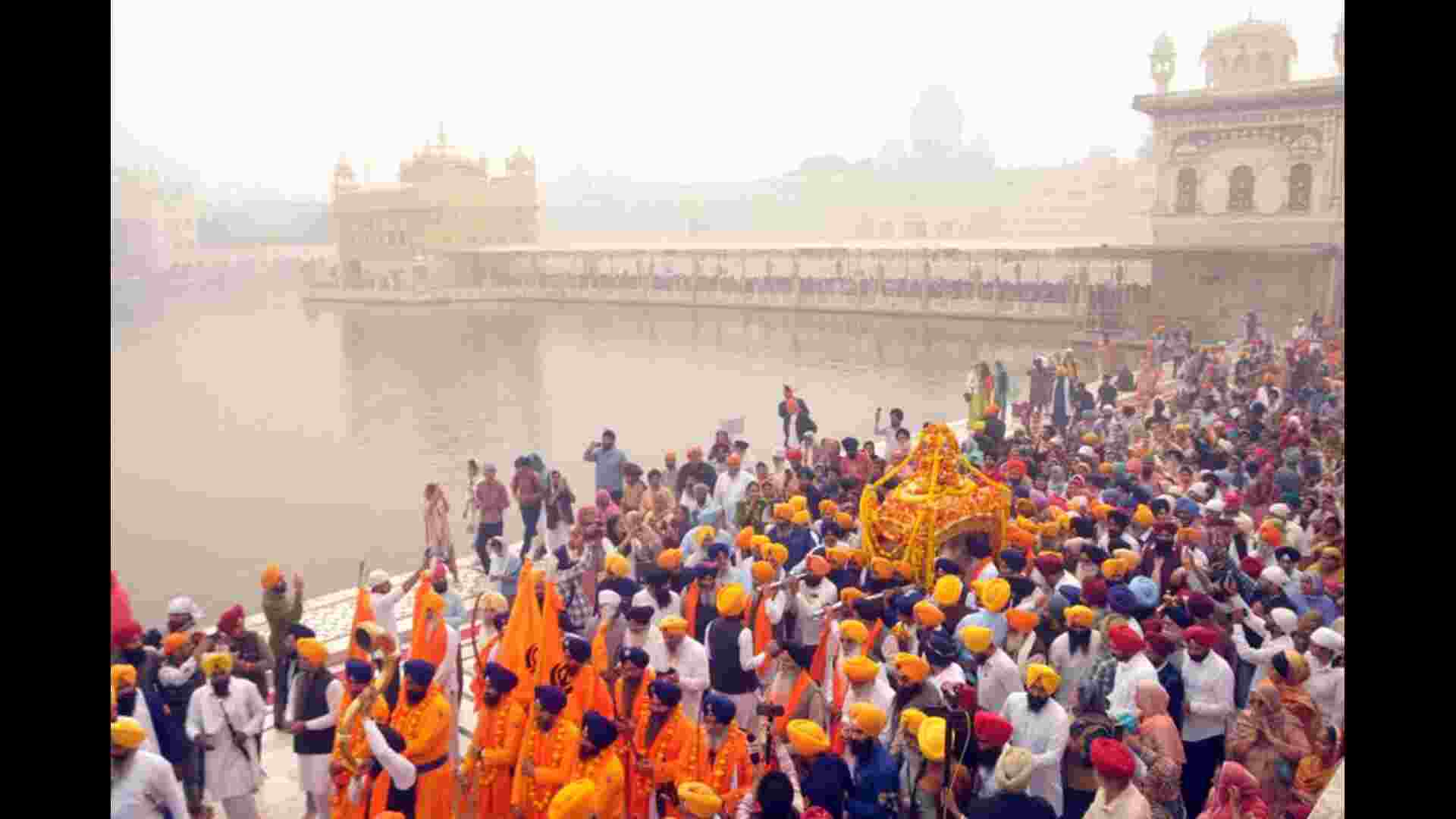
In 1947, following the declaration of Hindi as the official language of India, a fervent debate sparked over its predominance and the place of Urdu in the educational curriculum, with prominent leader Pant emphasising education in Hindi. Despite Urdu and Hindi being largely the same language but with different scripts, Pant insisted on Hindi’s prominence citing a broader Persian influence in Urdu. This sparked discontent among Muslim members of the Vidhan Sabha, who perceived the focus on Hindi as a neglect of Urdu, warning it could further segregate the Muslim community.
In response to demands to acknowledge Urdu as a regional language, Pant argued that Urdu was essentially enveloped within Hindi and promoting Urdu could potentially hinder participation in national affairs. Pant and Tandon pursued a quick transition to Hindi in Uttar Pradesh to set a precedent for other regions, dismissing concerns of Urdu’s diminishing presence in primary education as a manifestation of lingering separatist ideas from the past.
However, with Pant becoming the Home Minister in Delhi in 1955, his stance on the issue evolved, driven largely by national issues that emerged during his tenure, including linguistic protests and violent movements in the south against a perceived Hindi-Sanskrit imperialism. A pivotal moment came in 1952 when Potti Siriramulu’s fast unto death spurred a mass movement, pushing Nehru to accede to the demands for linguistic statehood.
Realising the deep resentment in the southern regions towards Hindi, Pant moderated his stance as the Chairman of the Parliamentary Committee on Language. In 1958, the committee noted that while Hindi’s introduction as the official language should not be hurried, efforts must be made for a natural transition from English to Hindi and other national languages. This decision was seen as a betrayal by Hindi enthusiasts who desired a defined timeline for the transition, a desire Pant sidestepped to avoid alienating the southern population.
From 1965, the anti-Hindi faction grew significantly, fearing that the political dominance of Hindi-speaking regions would consolidate power centrally, and marginalise non-Hindi speakers. They worried that all-India services would become monopolised by Hindi-speaking areas, a concern that emerged a decade earlier but found a more vocal expression now.
The resistance to the rapid imposition of Hindi was grounded in concerns that it could lead to the country’s fragmentation, particularly alienating the south from the north. Noteworthy leaders, including Nehru and Pant, understood the gravity of these apprehensions and were reluctant to take a proactive approach in establishing Hindi as the national language. Despite substantial backing from various quarters, Hindi failed to establish itself sufficiently to be seen as a viable national unifying solution, with only Uttar Pradesh truly adopting Hindi in line with Pant’s initial vision.
In conclusion, the journey since 1947 has witnessed oscillating narratives and shifting stances on adopting Hindi as India’s official language. What began with a firm endorsement from leaders like Pant, encountered substantial resistance, not least from regions fearing linguistic imperialism and cultural erosion. The pathway to Hindi as the nation’s language remains fraught with historical hesitations and contemporary resistances, portraying a landscape of deep-seated linguistic diversity and regional sentiments that have so far impeded its acceptance on a pan-India scale.















